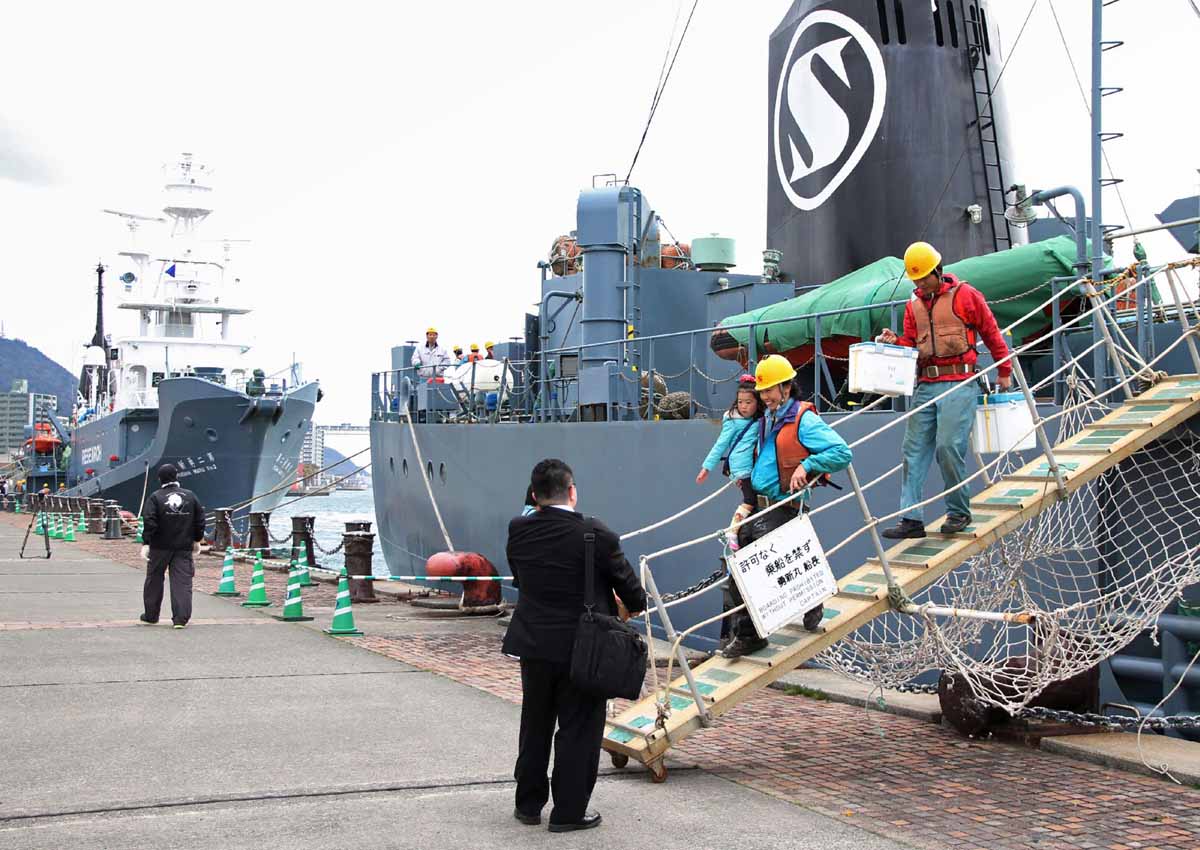Tokyo – Japanese whalers returned to port Thursday after an Antarctic hunt that killed more than 300 of the mammals, the government said.
The fleet had set sail for the Southern Ocean in December, with plans to slaughter 333 minke whales, despite a worldwide moratorium and opposition led by Australia and New Zealand.
Japan’s Fisheries Agency said in a press release that the target number of “scientific research” kills was achieved.
The 2015/16 season came after a hiatus prompted by a 2014 ruling by the United Nations’ International Court of Justice, which said the annual hunt was a commercial venture masquerading as science.
The fleet arrived early Thursday at Shimonoseki port in western Japan, the agency said.
Besides the kills, the agency also said it conducted non-lethal research such as observation, the taking of skin samples from live whales and attaching tracking devices to whales.
“Attaching GPS devices helps us study minke whales’ migration routes by tracking them for several days,” agency official Hiroyuki Morita told AFP.
Despite the moratorium and opposition from usually-friendly nations, Japan persists in hunting whales using a loophole in the International Whaling Commission’s 1986 ban on commercial whaling that allows for lethal research.
Tokyo claims it is trying to prove the whale population is large enough to sustain a return to commercial hunting, and says it has to kill the mammals to carry out its research properly.
However, it makes no secret of the fact that whale meat ends up on dinner tables and is served up in school lunches.
In response to the ICJ ruling, Japan’s 2014-15 mission carried out only “non-lethal research” such as taking skin samples and doing headcounts.
Japan has hunted whales for centuries, and their meat was a key source of protein in the immediate post-World War II years when the country was desperately poor.
But consumption has dramatically declined in recent decades, with significant proportions of the population saying they “never” or “rarely” eat whale meat.
















